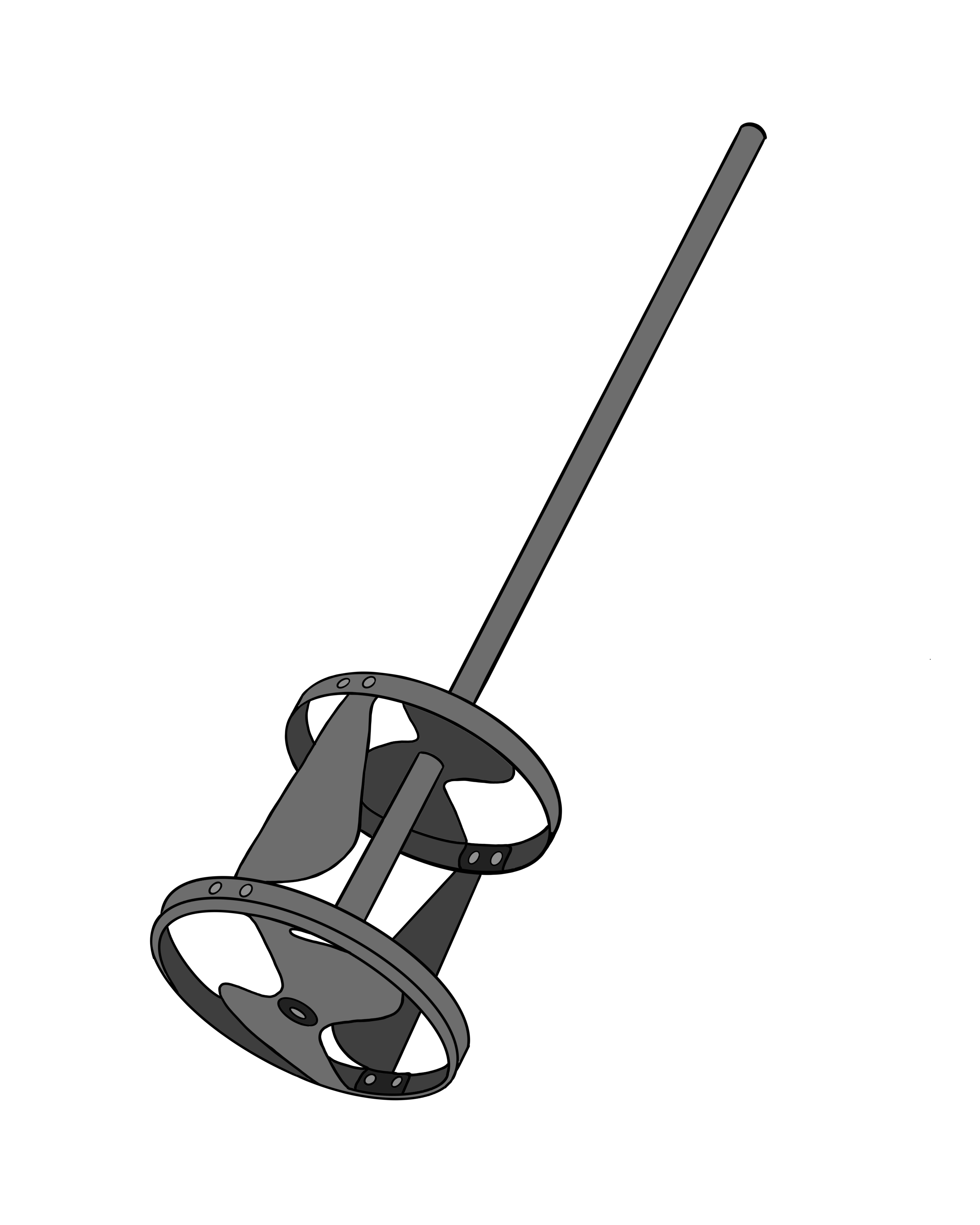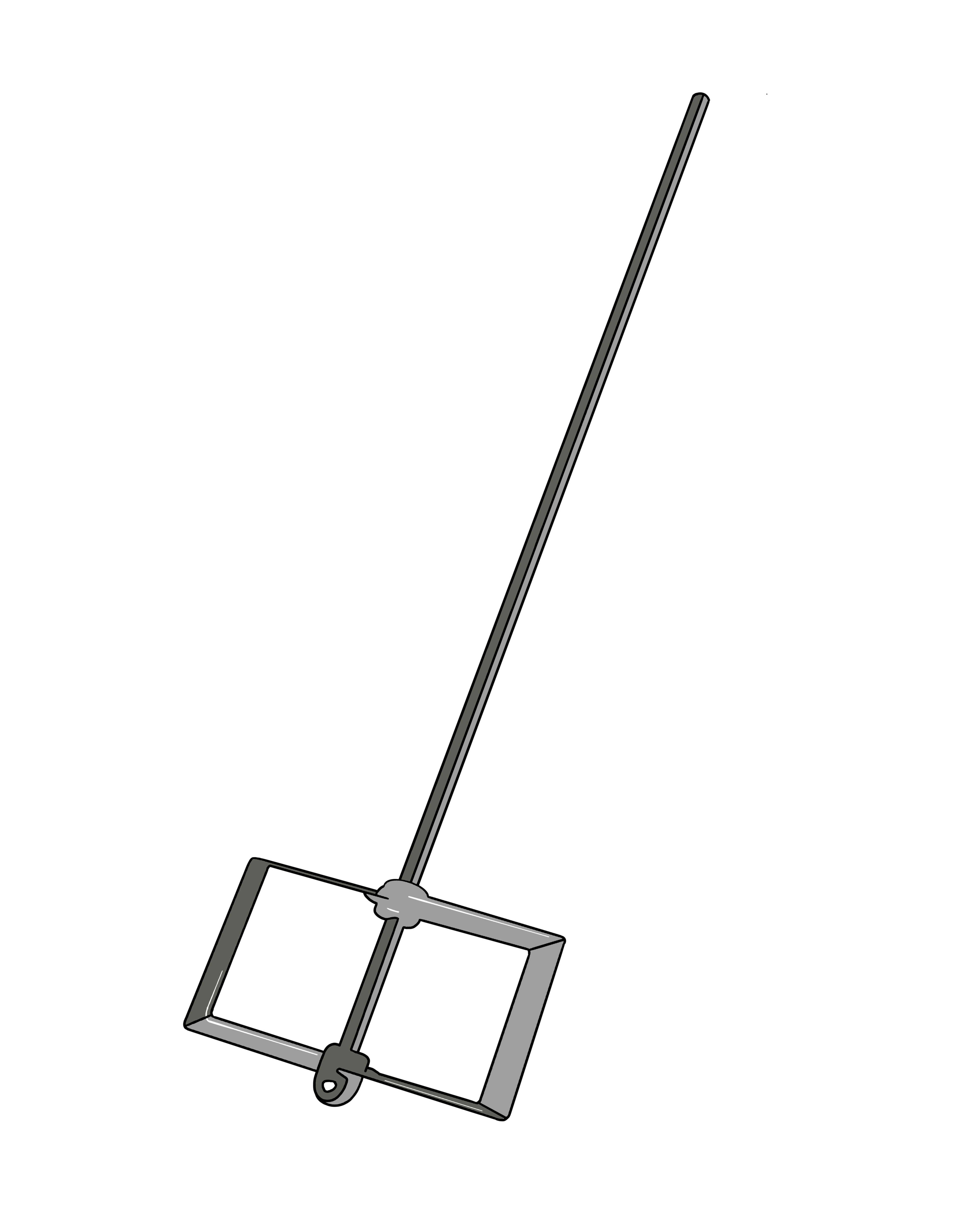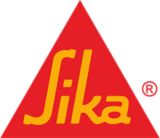Sikagard®-7600 VG
Sikagard®-7600 VG is a two-component, vertical grade, liquid applied, asphalt extended polyurethane waterproofing membrane/coating system.
- Flexible system that bridges cracks and joints
- Handles full water immersion conditions
- Impervious to water and aqueous chemicals
- Abrasion Resistant
- UV Stable
Usage
- Waterproofing
- Tank Liner
- Pond Liner
- Cooling Tower liner
- Potable Water Containment
- Reservoirs
- Planters
- Plaza/Pool Decks with Vegetation
- Traffic system base coat over asphalt surface
Advantages
- Flexible system that bridges cracks and joints
- Handles full water immersion conditions
- Impervious to water and aqueous chemicals
- Abrasion Resistant
- UV Stable
Packaging
Component A - 0.45 gal. pail
Component B - 4.05 gal. pail
1 Unit 4 x 4.5 gal. pail A+B
Color
Component A: Transparent
Component B: Black
Product Details
APPROVALS / STANDARDS
- Meets California VOC and AQMD Requirements, Including SCAQMD Areas
- ANSI / NSF 61 Approved for contact with Potable Water
- Complies with LADBS AC-L021: Acceptance Criteria for Below-Grade Exterior Damp-Proofing and Waterproofing Materials requirements for materials that are unexposed, unreinforced sheet membrane barrier.
- City of Los Angeles Research Report: 26199
Shelf Life
12 months from date of manufacture in original, factory-sealed containers
Storage Conditions
Store indoors at a temperature between 60–95 °F (15–35 °C)
Density
comp. B: 8 lbs/gal
comp. A: 10.1 lbs/gal
Mixed & Cured: 8.3 lbs/gal
Solid content by mass
| 95 ± 2 % | (ASTM D-236) |
Solid content by volume
| 89 ± 2 % | (ASTM D-2697) |
Volatile organic compound (VOC) content
See Product Safety Data Sheet
Service Temperature
-60–220 °F
Chemical Resistance
Resistance to aqueous chemicals and waste water.
Please see chemical resistance chart.
Resistance to Weathering
| done for > 5000 h | (ASTM D-822) 75 °F (24 °C) |
Behavior after Artificial Weathering
Weathering (ASTM D822) done for > 5000 hrs
Tensile Strength (ASTM D-412) ................................... 1000 psi ± 50 psi 5.86 Mpa ± 0.3 Mpa
Tear Strenght (Die C, ASTM D-624) .............................180 ± 50 pli
Hardness (ASTM D-2240) ............................................ 60 ± 5 Shore A
Adhesion to Concrete (dry) Elcometer ........................ 350 psi
Abrasion Resistance - Weight Loss (ASTM D4060) ..... 1.2 mg loss
Deflection Temperature (ASTM D648) ........................pass
Elastomeric Waterproofing (ASTM C836) ....................exceeds
(ASTM C957) .................. exceeds
Extension to Break (ASTM D2859) ............................. 450 ± 100
Liner Performance Crack Bridging ............................... 10 cycles @ - 15°F > 1/8”; After heat aging > 1/4”
Liner Weight ( 60 mil wet film thickness) .....................30 lbs/100 sq.f.
Mullen Burst Strenght (ASTM D751)........................... 50 mil 155 psi
Recovery from 100% Extention after 5 minutes .......... 98%
after 24 hours ............100%
Softening Point, Ring & Ball (ASTM D36) ................... >400°F
Deflection Temperature (ASTM D648) ........................ -60°F
Application
Pot Life
20 minutes (standard ambient conditions 70 Fo , 50% humidity)
Coverage
48 ft²/gal results in 30 ± mils DFT (standard per 1 coat)
24 ft²/gal results in 60 ± mils DFT
16 ft²/gal results in 90 ± mils DFT
12 ft²/gal results in 120 ± mils DFT
MIXING
It is essential that proper mixing methods and tools are used to ensure proper application of Sikagard®-7600 VG.
- Mixing Drill: Mechanical Mixer ( 400-600 rpm)
- Mixing Paddles: Jiffy Style Paddle ( 5-50 Gallon Model) or Mud Mixing Paddle ( 9-5/8" WIDE x 6-1/4" DEEP)
- Premixing: Premix each pail of Sikagard®-7600 VG Part-B (4.05 gal.) by using a mechanical mixer with a jiffy style paddle or a mud mixing paddle at slow speed for a minimum of 1.5 minutes to ensure Sikagard®-7600 VG Part B is a homogeneous mixture in pail.
- Mixing A & B component: After premixing continue to mix Sikagard®-7600 VG Part B, slowly add one 0.45 gallon pail of Sikagard®-7600 VG Part-A to the vortex created while mixing Sikagard®-7600 VG Part B. Once Part-A has been added, mix continuously for 3 minutes.
Take care not to allow entrapment of air into the material. Ensure mixed evenly including sides of pail. Do not mix in an aggressive up and down motion. Do not estimate mixing time to avoid any errors. Do not thin. Do not hand mix. Mix the whole pail. Do not batch down.


Top: Jiffy Style Paddle Bottom: Mud Mixing Paddle
APPLICATION
Detailing:
For moving and non-moving cracks less than 1/16” width: Apply a 30 mil detail coat of Sikagard®-7600 VG, extending 2” on either side and centered over the crack.
For cracks 1/16” width or greater and less than 1” width: Must be routed to at least ¼” by ¼”, and sealed with an appropriate Sikaflex® sealant, installed per sealant Product Data Sheet, and coated with a 30 mil detail coat of Sikagard®-7600 VG, extending 2” on either side and centered over the crack. Non-moving cracks can be filled with compatabile rigid repair materials.
NOTE: Cracks may indicate a structural issue and should be addressed by a structural engineer or appropriate design professional.
For joints 1/16” or greater and less than 1.5” width: Joints should be sealed with the appropriate Sikaflex® sealant, installed per sealant Product Data Sheet, and coated with a 30 mil detail coat of Sikagard®-7600 VG, extending 2” on either side and centered over the crack.
For expansion joints 1.5” or greater width: Should be treated as expansion joints and brought up through the Sikagard®-7600 VG membrane and/or Emseal Expansion, Sikadur Combiflex SG or other appropriate joint sealing system should be used. Contact Sika Technical Services for recommendations prior to application.
Fabric reinforcement - Sika does not require reinforcing of the detail coat when going over cracks and joints. In situations where reinforcing detail coats is required, use a 3” wide strip of Sika Flexitape Heavy as the reinforcing. Please see the Sika Flexitape Heavy product data sheet for installation instructions.
Application:
Sikagard®-7600 VG can be applied at different thicknesses to accommodate different application and warranty requirements. For best results Sikagard®-7600 VG should be applied in two coats. Please follow the coverage rate section above to determine proper coverage for 30, 60, 90 mil coating layers. Allow to cure (4-6 hours or until membrane) after initial coat and before proceeding. Sikagard®-7600 VG should be applied in the shade or during evening hours. When applying in direct sunlight it is possible that the surface of the coating can cure too quickly and entrap solvent resulting in blisters. Sikagard®-7600 VG can be applied over both horizontal and vertical surface. Apply using a 3/8” nap roller or notched squeegee and back-roll . Please note that pot life for Sikagard®-7600 VG is only 20 minutes. Sikagard®-7600 VG can be applied on horizontal surfaces up to 120 mils and on vertical surfaces up to 90 mils.
Sikagard®-7600 VG can be applied to an overhead surface. Apply using a trowel and backroll.
Recoat: After application at 75 °F (24 °C) and 50 % R.H, second or multiple coats must be completed within 16 hours from the start of the previous applications of Sikagard®-7600 VG. If a rain event occurs during the 16 hour window or the 16 hour window is missed and does not go beyond 72 hours or get covered with significant dirt or other contamination, it is necessary to solvent wipe with xylene, acetone or other approved solvent, and prime with Sikalastic Recoat Primer. Once beyond 72 hours from the start of the previous applications of Sikagard®-7600 VG, it is necessary to clean, abrade, solvent wipe with xylene, acetone or other approved solvent, and prime with Sikalastic Recoat Primer.
